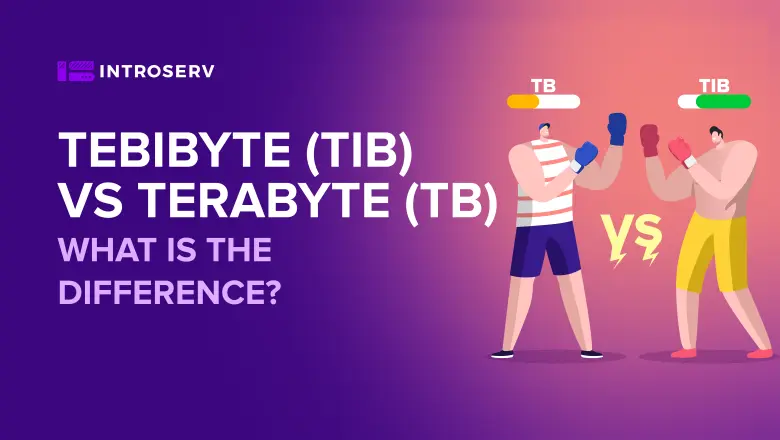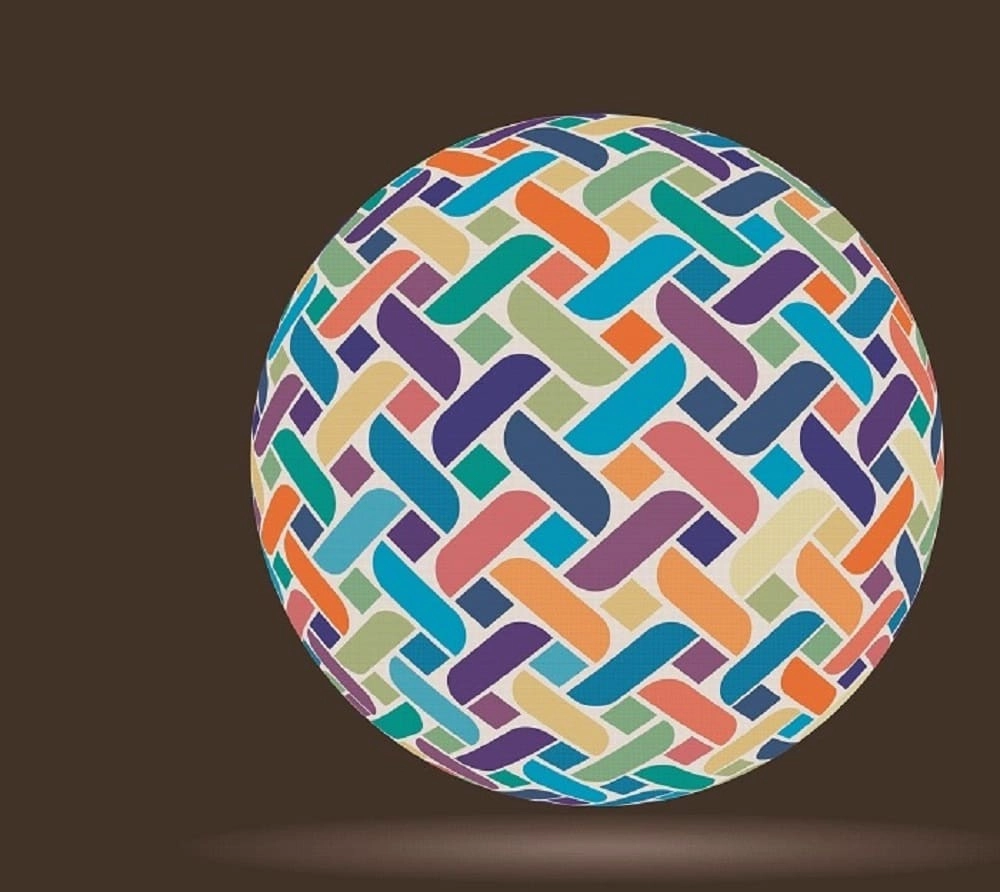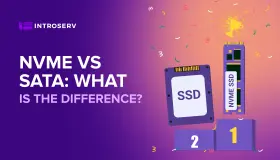
What is a Tebibyte?
A tebibyte (TiB) is a unit of measurement. It is used to indicate the amount of information. The prefix "tebi" is taken from the binary data capacity measurement system. This system is based on powers of two. One tebibyte is equal to 240 or 1,099,511,627,776 bytes.
In 1998, the International Electrotechnical Commission (IEC) created the term “tebibyte” and other binary prefixes: kibi -, mobi -, gibi -, pebi -, exby, zebi-and yobi -. At the initial stage of the development of computer technology, before the introduction of binary prefixes, metric prefixes in the International System of Units (SI) referred to multipliers in both the decimal and binary systems. The SI prefixes include kilo-, mega-, giga-, tera-, peta-, exa-, zetta -, and yotta-. They are now considered prefixes of the decimal system.
When the SI prefixes were used in relation to both multiplier systems, it was only possible to understand which of them the term “terabyte” (TB) referred to from the context. It could denote either 1012 bytes (1,000,000,000,000 bytes) or 240 (1,099,511,627,776 bytes).
Everything changed in 1998. Then the IEC created binary prefixes. Since then, people often use a specific measurement system, depending on what field they work in. Specialists in communications, electronics, and physics primarily use metric units with decimal multipliers. Those who work in the field of IT and data storage often use non-metric units of the binary system.

What are tebibytes used for?
In the early years of the computer industry, it was easy to use the same prefix system for decimal multipliers and binary multipliers. Data storage capabilities were more modest then than they are today. At the bottom of the multiplier scale, the difference between the absolute values of the numbers obtained by using the two systems was relatively small.
For example, a kilobyte (KB) of data, when using the decimal system, contains 1000 bytes. According to the binary system, a kilobyte of data is equal to 1024 bytes. This 24-byte difference was often considered insignificant. However, as the scale of computing and data storage capacity has increased, the absolute difference between the measurements made using the two systems has increased. In the context of the decimal system, a terabyte of data is 1,000,000,000,000 bytes, while a terabyte of data, according to the binary system, will be 1,099,511,627,776 bytes. The difference of almost 100 billion bytes began to cause problems, and it could not be ignored.
In the second half of the 1990s, the use of the same prefixes for two different units of measurement led to confusion. The reason for the most common problem was that the manufacturers of disk drives used the decimal system when marking the capacity of HDD and SSD. However, operating system manufacturers preferred to use a binary system to measure computer memory and data storage capacity. Thus, when a customer bought a new hard drive marked with a capacity of 1 TB from the manufacturer, the computer's operating system reported that its capacity was only 931.32 gigabytes.
To eliminate this confusion, the IEC standard for the binary system was developed. If in the example above, the OS used a binary prefix system instead of a decimal one, it would report 931.32 GiB, not 931.32 GB. In this way, the user would be warned that the OS vendor uses a different measurement system than the one used by the hard disk manufacturer.
However, the introduction of binary system prefixes did not solve the problem of measuring capacity. In practice, these prefixes are used mainly in academic circles, in the preparation of technical documentation, and in open system environments. Commercial vendors and computer scientists generally do not use binary prefixes.

How much is a tebibyte?
A tebibyte is greater than the following binary data capacity metrics:
- byte-TiB is equal to 1,099,511,627,776 bytes;
- kibibyte (KiB) - TiB is equal to 1,073,741,824 KiB;
- mebibyte (MiB) - TiB is equal to 1,048,576 MiB;
- gibibyte(GiB ) –TiB is equal to 1024 GiB.
Binary units of data capacity that are larger than a tebibyte include the following:
- a pebibyte (PiB) - 1024 times the size of a TiB;
- exbibyte (Eib) - 1,048,576 times more than TiB;
- zebibyte (ZiB) - 1,073,741,824 times more than TiB.
A 1 TiB hard drive will contain almost 1.1 trillion bytes of data. Here are a few other ways to visualize 1 TiB of data:
- 79 hours of high-quality audio video;
- nearly 143,000 digital photos;
- 165 hours of high-resolution recording;
- 2,199 hours of CD-quality recording.
Converting a tebibyte to a gibibyte
A tebibyte is equal to 1024 GiB. To perform the conversion, take the 1,099,511,627,776 bytes that make up a tebibyte and divide this number by the number of bytes in a gibibyte, or 1,073,741,824. You will get 1024 GiB.
In binary, each subsequent larger exponent represents 210 or 1024 times as many bytes as the previous one. The number of bytes in a tebibyte is 1024 times more than in a gibibyte; in a pebibyte it is 1024 times more than in a tebibyte, and in an exbibyte it is 1024 times more than in a pebibyte, and so on.
Tebibyte and terabyte
1 tebibyte is equal to 240 or 1,099,511,627,776 bytes. 1 terabyte is equal to 1012 or 1,000,000,000,000 bytes. A tebibyte is almost 1.1 TB. The difference between the size of a tebibyte and a terabyte is about 10%, and this makes a big difference when it comes to storage capacity.
At the lower end of the unit spectrum, when comparing kibibytes and kilobytes, as well as mebibytes and megabytes, the difference between binary and decimal units is almost negligible. However, when it comes to matching tebibytes and terabytes, the difference between the two systems matters.








